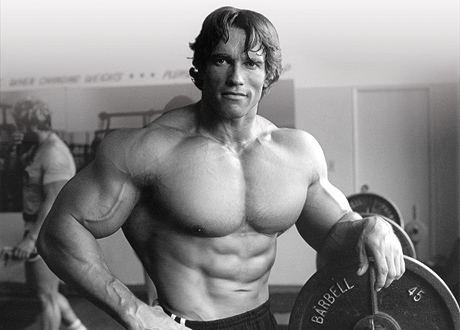 Musculoskeletal fitness is an important part of improving athletic performance and maintaining a healthy lifestyle with benefits that include an improved metabolism, fat loss, strong bones, a lower risk of injury and an increased functional independence with age. To create an individualized training program a CSEP certified professional will evaluate musculoskeletal fitness often using the Canadian Physical Activity, Fitness & Lifestyle Approach (CPAFLA). The CPAFLA uses components of muscular endurance, muscular strength and muscular power to assess musculoskeletal fitness.
Musculoskeletal fitness is an important part of improving athletic performance and maintaining a healthy lifestyle with benefits that include an improved metabolism, fat loss, strong bones, a lower risk of injury and an increased functional independence with age. To create an individualized training program a CSEP certified professional will evaluate musculoskeletal fitness often using the Canadian Physical Activity, Fitness & Lifestyle Approach (CPAFLA). The CPAFLA uses components of muscular endurance, muscular strength and muscular power to assess musculoskeletal fitness.
Muscular endurance is the ability of a muscle or group of muscles to repeatedly contract or maintain contraction over a period of time. Common tests used to assess muscular endurance in the upper body are the push-up test and the partial-curl test. Both of these require the subject to perform as many reps possible and use their maximum number to assess their trunk musculoskeletal level. The max push-up test has no time limit and can be carried out until exhaustion. Girls are allowed to complete the test doing modified push-ups from their knees. The partial curl-up test has the individual lay on their back with their knees bent, feet on the ground and arms extended by their side. The individual sits up until their hand reaches 5 inches closer to their feet while remaining on the ground. The individual will lie back down and repeat the exercise to exhaustion with an upper limit of 25 reps. The push-up test and the partial curl-up tests are important determinants for functional independent health and for low back health.
Muscular strength is the highest force that can be produced by one muscle or a group of muscles in one rep. The individual will perform one repetition of the specified exercise exerting as much force as they can. Maximal muscular strength is used as a reference to create the client’s training program. Reassessment of a 1RM is a great way to demonstrate the client’s improvement. The CPAFLA uses a handgrip dynamometer to assess isometric musculoskeletal strength of the upper body. The subject will start with their arm extended away from their side at a 90-degree angle away from the body, they will bring their arm into their side while squeezing the handgrip dynamometer as hard as they can for about 3 seconds. The test will be performed 3 times per side. The highest score will be taken from each hand and added together to assess the individual’s strength. The grip strength test is used to represent muscular strength because as a general rule people with strong hands tend to be strong throughout the body.
Muscular power is the ability of the muscle to produce a force quickly; it is the explosiveness of a muscle. Improving maximal strength and the speed of the movement will impact power. The vertical jump test is often used to assess muscular power. In the CPAFLA protocol the squat jump is used. The test subject must first hold the squat for several seconds before the vertical jump as to ensure the countermovement and preload does not effect the explosiveness and modify the results. The Keir nomogram is used to calculate wattage produce based on jump height and the mass of the participant.
Musculoskeletal Fitness Assessment:
| Test | Results | Rating |
| Grip Strength | 63 kg | Very Good |
| Push-ups | 30 | Excellent |
| Partial Curl-up | 25 | Excellent |
| Peak Leg Power | 3200 watts | Very Good |

 Follow
Follow